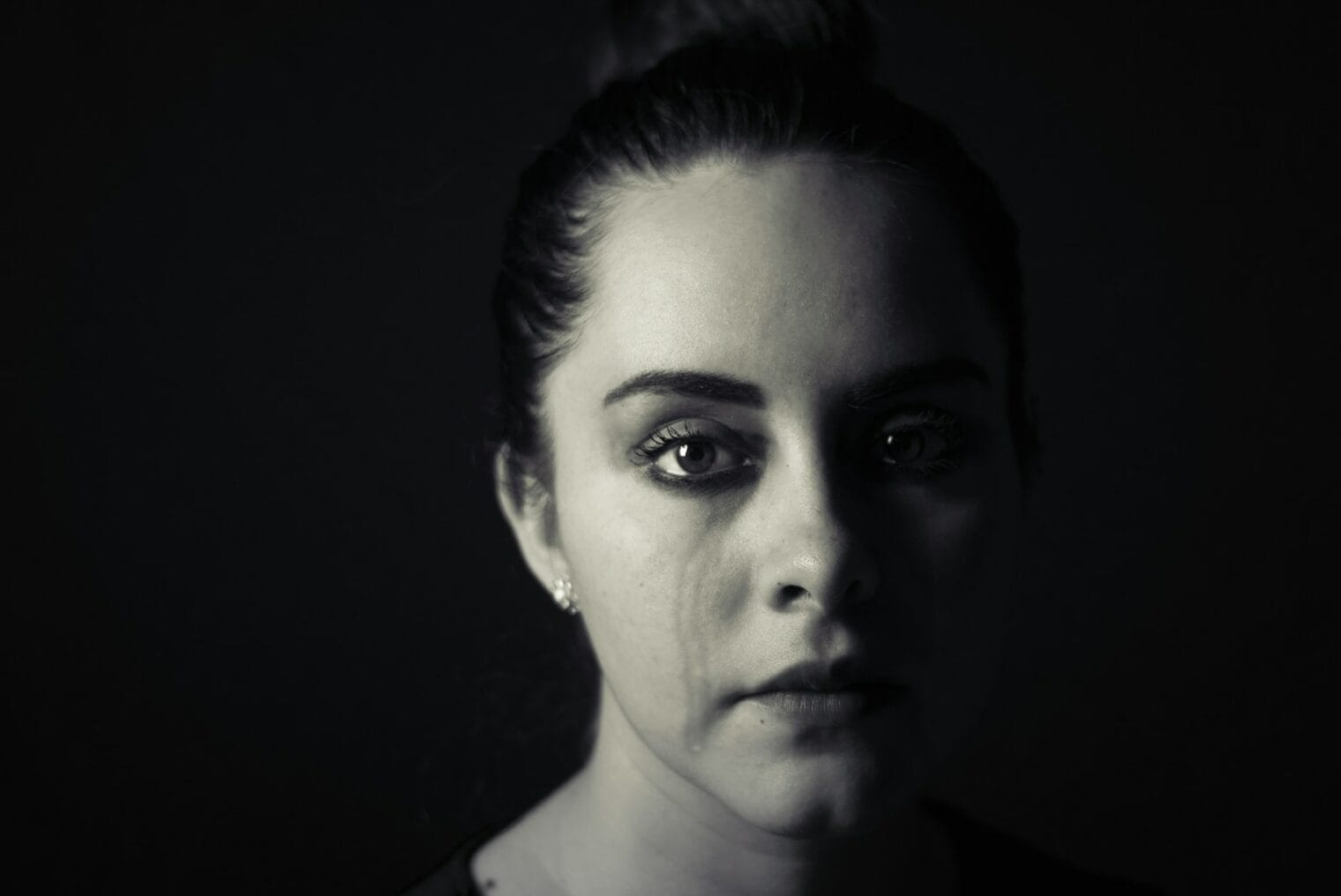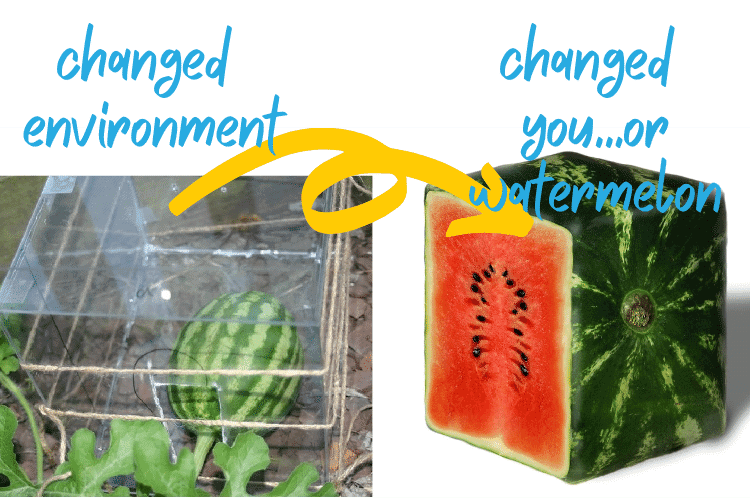What started as a fun karaoke night turned into one of the saddest tales I’ve ever experienced. The lyrics felt so sad and hopeless, and for the first time, I saw them without the masks they often wore. They let their guard down, and I felt the pain they had been trying to cover for the last five years.
It’s true—you don’t fully understand something until you experience it firsthand. This was the case with the new young person I had to look after. “Emotional dysregulation” was a term I might have casually used for anyone not behaving as I expected, but after supporting X, I realized it had a much deeper meaning.
X had lost their mom a few years ago, and their dad seemed to be on the verge of leaving as well. All they had known for most of their life was losing the people and things they loved. What’s worse? The people they wanted around didn’t seem to want them.
One day, when their emotions were running high, they started calling family members—uncles, aunts, anyone they could think of as family. But everyone was too busy to let them visit. I could see the frustration in their eyes. It was clear how hard they were trying to control themselves, and all they needed at that moment was a family.
It hurt even more that the institution meant to look after them was more focused on completing reports, filling logs, and collecting accolades rather than identifying what they truly needed. I’ve been in that place of being misunderstood, where people thought they knew what I needed but were so wrong. So, I understood, somewhat, how X felt.
When they couldn’t hold their emotions anymore, they would run away, trying to avoid doing something they’d regret later. Unfortunately, they couldn’t always get away fast enough. When they returned, they felt too embarrassed and ashamed to continue working with the people they may have hurt, masking it with anger.
Haley Magee perfectly captures this experience in her quote: “A lot of our explosive emotional reactions aren’t actually a response to the present moment. They’re a build-up of all the times we were in a similar dynamic and did not stand up for ourselves, use our voices, or express our emotions.”
Understanding Emotional Dysregulation
I’ll be the first to admit that I wasn’t very familiar with the term “Emotional Dysregulation” until I met X and read through her profile. At first, I thought it was an official diagnosis because of how it was presented, but I later realized it was more a symptom of something deeper.
Our experiences shape us in different ways, affecting how we interact with the world, other people, and even ourselves. Positive experiences usually lead to positive emotions and behaviors, while negative experiences often have the opposite effect. Unfortunately, most people don’t have perfectly balanced experiences, which can lead to emotional imbalances and corresponding actions.
Shantel Sullivan describes emotional dysregulation as “the inability to manage emotions effectively, leading to intense and unpredictable emotional responses.” She links its root causes to things like childhood trauma, neglect, brain injuries, and underlying mental health conditions.
A 2014 study found that emotional dysregulation affected about 26–30.5% of children in clinical settings. Considering the many undocumented cases outside clinical settings, it’s likely these numbers are much higher among children, teenagers, and young adults in general.
The Need For Support
Mental health issues among young people are a big concern worldwide. In the UK, for instance, a 2017 report showed that 24% of 17-year-olds had self-harmed, 7% had contemplated suicide, and 16% reported high levels of psychological distress.
Adolescence brings a whirlwind of new emotions, with many young people trying to make sense of their childhood experiences. Unfortunately, this is also a time when they might feel misunderstood or not heard at all.
Some challenges I’ve faced in getting support for young people include:
- Lack of skilled staff: We often find that young people prefer some staff over others and can react more aggressively when certain staff members are on duty. This is largely due to the significant differences in the qualities each staff member possesses. Essential qualities like empathy, patience, active listening, effective communication, and behavior management are fundamental in supporting children and young people. There’s a real need for more skilled professionals who can manage these challenges effectively.
- Limited support from healthcare services: Many parents report that their child’s mental health worsened while waiting for support from mental health services. I remember waiting over 6 hours for an emergency service after a child had self-harmed, with staff unable to access the child in the meantime.
- Lack of understanding: There’s often little understanding of the circumstances that lead to a child’s emotional dysregulation, including their childhood experiences. Reports on these children are frequently written from an outsider’s perspective without really including the child’s own viewpoint.
In conclusion, I believe we can do much more as a society to support young people who struggle with their emotions. We need to start by truly understanding them, listening to their views without our personal biases, and appreciating their unique backgrounds and experiences. Everyone—parents, educators, caregivers, and the general public—needs to be properly educated on how to respond effectively to emotional dysregulation. By doing this, we can create a more supportive environment that meets the needs of the young people we look after and guide them toward a healthier and more hopeful future.





Leave a Reply